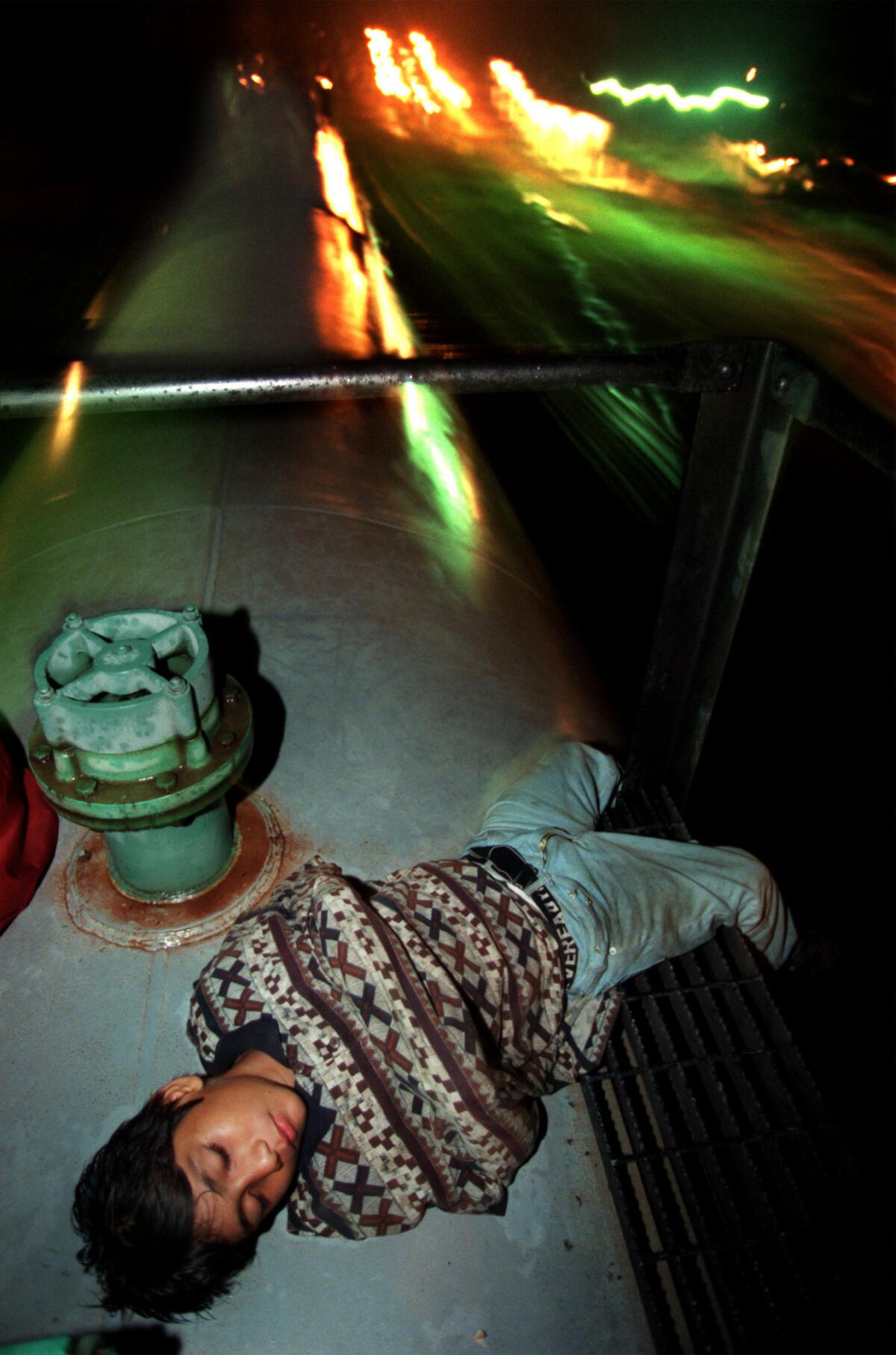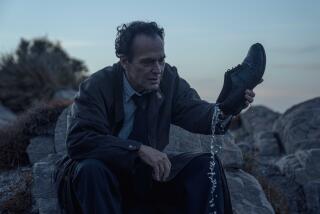Updating the classic immigration story ‘Enrique’s Journey’

In the updated version of “Enrique’s Journey” released this month, the 16-year-old boy who came northward in search of his mother is now a young man in his twenties. He finds himself jailed for more than a year, a casualty of America’s immigration wars.
Sonia Nazario’s book, based on her Pulitzer Prize-winning 2003 series in The Times, has been widely read in schools and universities for its searing account of separated immigrant families struggling to reunite across increasingly “militarized” borders.
Enrique’s mother left him in Honduras with relatives for years as she traveled to the U.S. to seek work. Later, as a teenager desperate to see his mother, he rode trains across Mexico to find her, a slip of paper with her North Carolina telephone number his only guidance. (Times photographer Don Bartletti’s images of the train journey undertaken by immigrant youth also won a Pulitzer).
In the updated version, Enrique is a decade older, and a young man and father-to-be living in the United States. He’s found work in North Carolina, but he’s arrested for a previous driving-without-a-license violation--like most undocumented immigrants, state laws have prevented him from getting a license. He is placed in detention while the government launches deportation proceedings against him.
Nazario, who has since left The Times, said in an email interview that she interviewed Enrique in jail for the new version of the book.
“He was locked up for 14 months in one of the top 10 worst jails for immigrants in the country, in Florida,” she said. “His son was born during that time, but the jail doesn’t allow anyone to see visitors in person, even through Plexiglas. Only from the visitation center attached to the prison, where Enrique could see his son on a video screen.
“I went to the jail and watched his mother hold his son up to the video screen so he could see his father, and Enrique could see the boy through a video screen in his jail pod,” Nazario continued. She said the conditions faced by Enrique were typical of those faced by thousands of immigrants in detention. “It’s crazy, and all designed, I think, to get as many people to sign to voluntarily deport rather than fight their cases.”
Immigration attorneys worked successfully for his release.
Random House is also publishing a young adult version of the book, which details the trauma suffered by children trying to enter the U.S. as Enrique did--illegally and alone.
The federal government estimates it will capture 74,000 children entering the U.S. and place them in federal custody, 10 times the number three years before, Random House said in a press release.
ALSO:
Amtrak launches author residencies
Finalists for the oddest book title prize
Hundreds of Anne Frank books defaced in Tokyo libraries
hector.tobar@latimes.com
More to Read
Sign up for our Book Club newsletter
Get the latest news, events and more from the Los Angeles Times Book Club, and help us get L.A. reading and talking.
You may occasionally receive promotional content from the Los Angeles Times.








